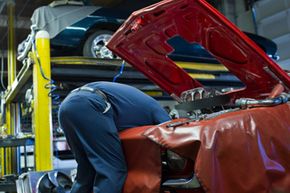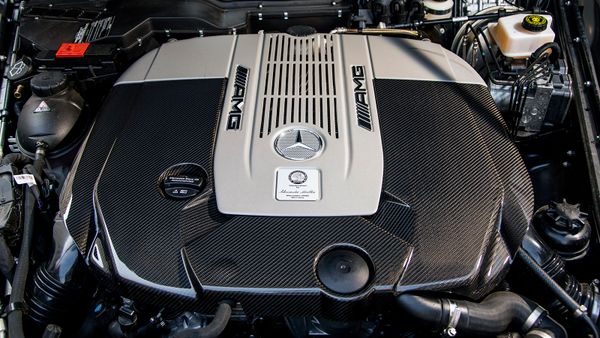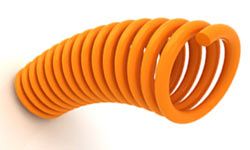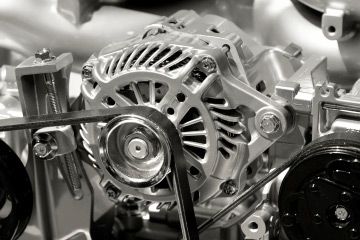A harmonic balancer sounds like a crucial part on a spaceship in some pulpy 1950s sci-fi story, or something you need so you can play music with hobos when you're ridin' the rails. However, it's actually an important part on your engine that helps your crankshaft last as long as possible.
As the cylinders in your engine fire, they move up and down, generating torque that's transferred into the crankshaft. As you may already know, the crankshaft is what converts the engine's power into rotational movement, eventually turning the wheels of the car.
Advertisement
But consider for a second the forces that are acting on the crankshaft -- they're tremendous. Each time a cylinder fires, a force acts upon the crankshaft, causing it to twist. But this force also causes vibrations in the crankshaft, and at certain frequencies, the shaft can resonate, which makes the vibrations even worse [source: Mach V].
These vibrations from the engine can become too much for the crankshaft to bear, causing it to fail. And when that happens, your car won't run and you'll be facing some expensive repairs.
This is where the harmonic balancer comes in. The circular device, made of rubber and metal, is bolted at the front end of the crankshaft to help absorb vibrations. It's usually connected to the crank pulley, which drives accessories like the air conditioner. The rubber inside the pulley is what actually absorbs the vibrations and keeps them at a safe level. In essence, the device is designed to help prevent crankshaft failure. It's also sometimes called a "dampener."
However, the rubber material can deteriorate over time. So if your harmonic balancer is going bad, you could get rough engine vibrations, a cracked crankshaft, or even a serpentine belt that gets thrown off its track. Replacing one is excellent preventative maintenance, and that's exactly what we'll talk about next.
Advertisement



